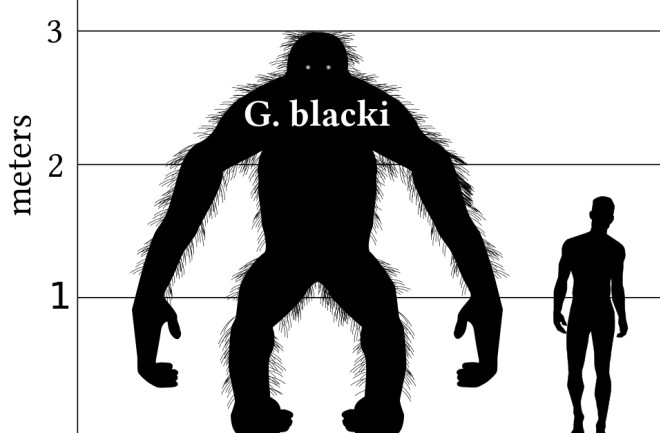There’s nothing small about Gigantopithecus blacki. The massive extinct animal likely rivaled a modern polar bear in size, weighing more than 1,000 pounds and standing nearly ten feet tall on its back legs.
The mystery around G. blacki is also super-sized. This largest of primates is known only from plentiful teeth and a few jawbones. For decades, speculation about its evolution loomed large.
But not anymore. Using a recently refined technique that’s already rewriting evolutionary relationships, researchers have been able to place Gigantopithecus, at long last, within our extended primate family tree.


